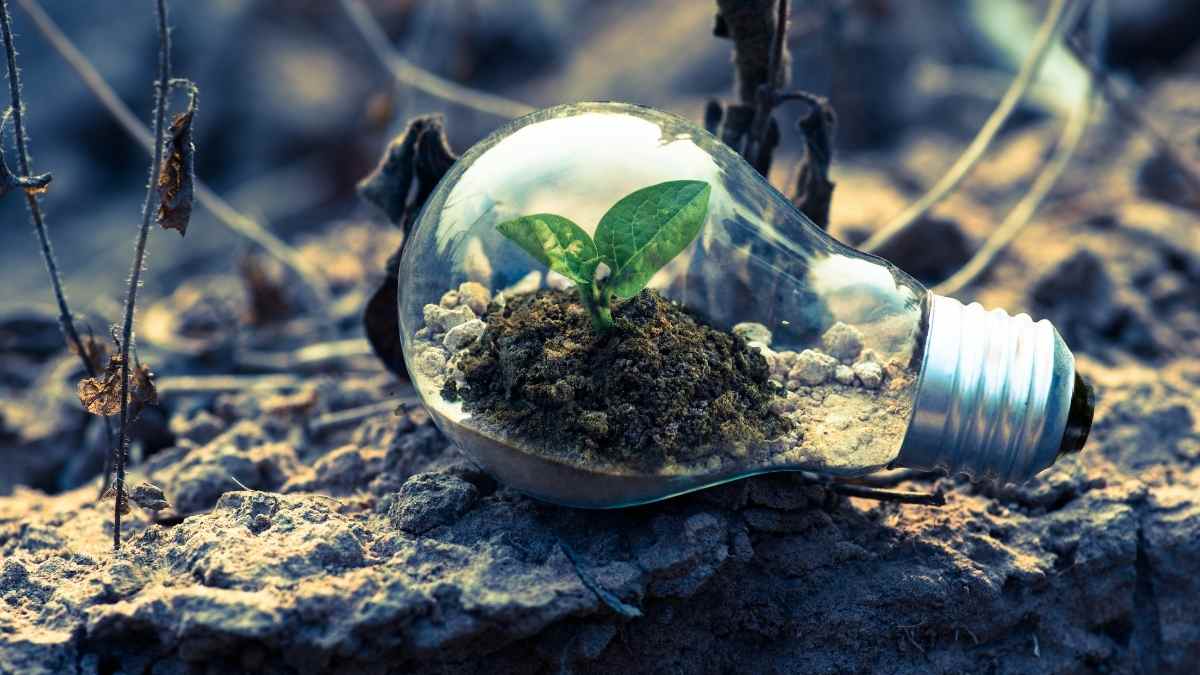In these times of high energy prices, it’s more important than ever to conserve energy in any way we can
One easy way to do this is by using CFL or LED light bulbs in our homes and businesses.
Not only do these bulbs use less energy than traditional incandescent bulbs, but they also last much longer Here are some tips for conserving energy with light bulbs:
- Use CFL or LED light bulbs wherever possible. They use less energy and last longer than traditional incandescent bulbs.
- Make sure to turn off lights when you’re not using them. This includes leaving lights on in rooms you’re not occupying.
- Replace your old light fixtures with new, more energy-efficient models.
The lights in your home are one of the most significant sources of energy consumption. The lights in your home account for a large percentage of the electricity you use, but they also cost more to operate than other appliances around your house.
The average homeowner spends thousands per year on utility costs alone. That’s why you must take steps to conserve energy with light bulbs. You can do this by using CFL or LED light bulbs whenever possible and replacing old lights with new, more efficient models.
These small changes will go a long way towards reducing your annual utility bills and helping protect our environment!
Energy Efficient Light Bulbs Conserve Energy- Here’s How and Why
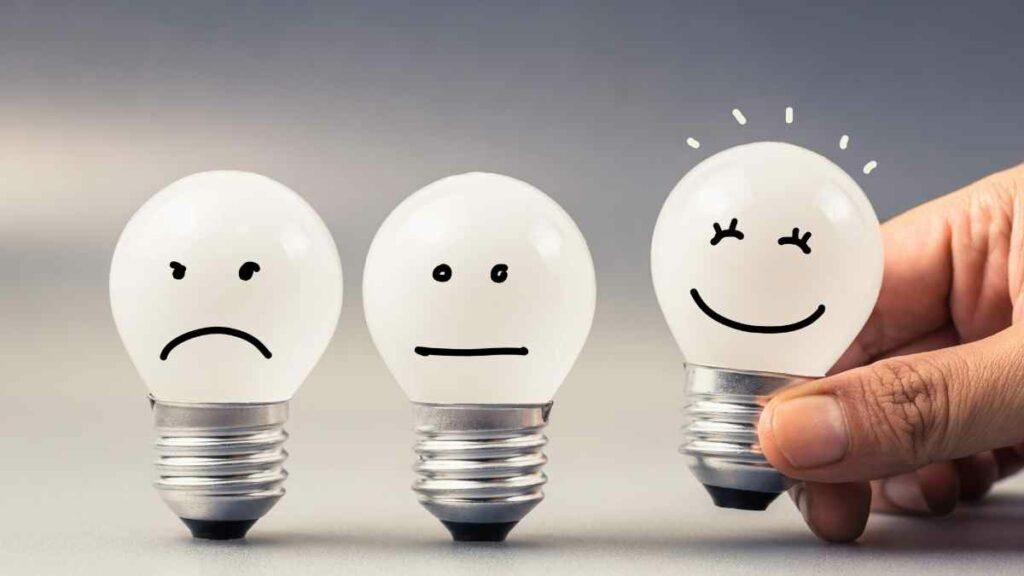
1. Conserving energy with light bulbs
Light bulbs are the most inefficient form of lighting in use today. They account for 40% of all electricity usage, and they’re responsible for more than 18% of greenhouse gas emissions worldwide.
When you consider that lightbulbs only make up 5% of all household electricity usage in the United States, that’s a lot.
-

Fashionably Green and On-The-Go
£16.50 Select options This product has multiple variants. The options may be chosen on the product page -
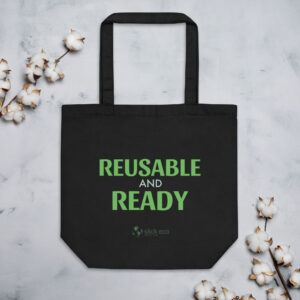
Reusable and Ready Eco-Friendly Tote Bag
£16.50 Add to cart
But it doesn’t have to be this way! With just a little bit of creativity, you can change your current light bulbs to ones that will conserve energy without any significant changes in quality or price (in fact, many LEDs cost less per year than traditional incandescent bulbs).
There are plenty of options- fluorescent lights come in different shapes and sizes; LED lights provide an even white light; halogen lights are brighter now more than ever.
2. How CFL and LED bulbs use less energy than traditional incandescent bulbs
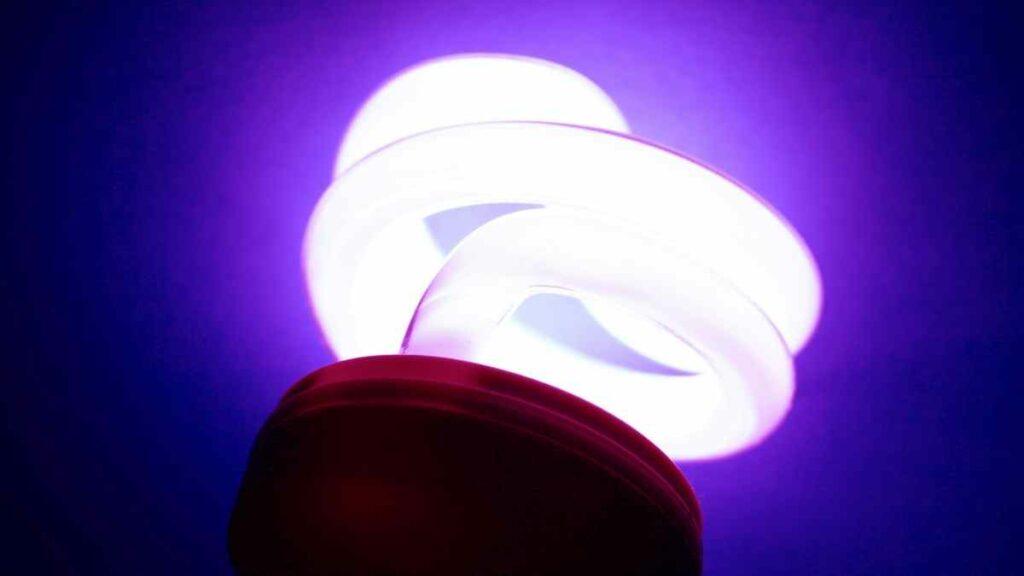
CFL and LED bulbs consume much less energy than traditional incandescent bulbs. For example, a CFL bulb uses 75% less energy than an incandescent bulb, and an LED bulb uses 90% less energy. This is because CFL and LED bulbs emit light more directly than incandescent bulbs.
In addition, CFL and LED bulbs last longer than traditional incandescent bulbs. For example, a CFL bulb can last up to 10 times longer than an incandescent bulb, and an LED bulb can last up to 25 times longer.
This means that you will have to replace your lightbulbs less often, saving you time and money in the long run.
3. Turn lights off when you’re not using the
You need to turn off the lights when you are not using them. If the lights are on, they are using electricity that is costing money and not helping the environment.
It also uses energy which might be making the world warmer, so turning off your lights helps with both of these problems!
4. Replacing old light fixtures with new, more energy-efficient models can save money
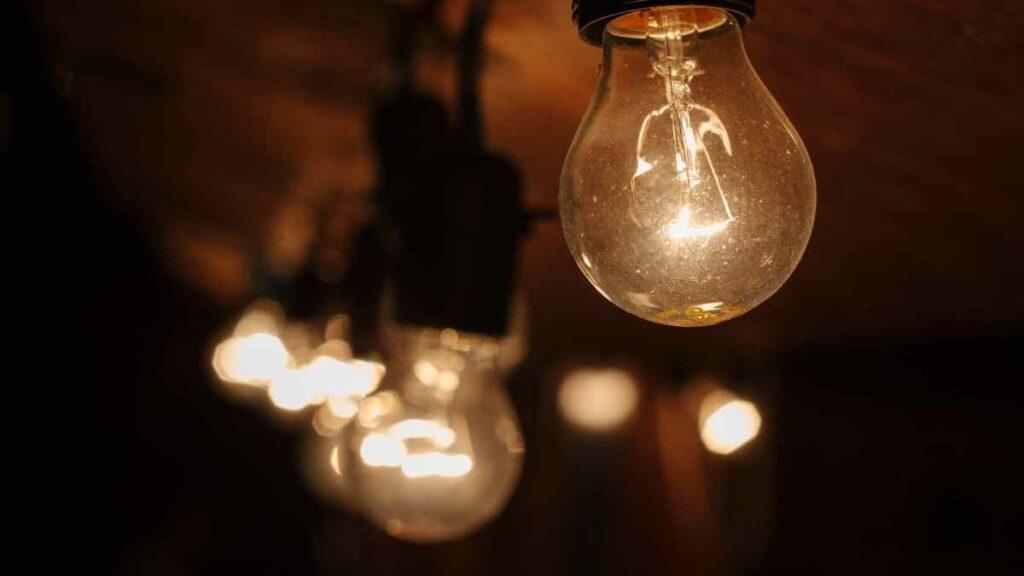
If you’re still using old, inefficient light fixtures in your home, it’s time to upgrade to newer, more energy-efficient models.
Many new light fixtures are designed to be more efficient than their predecessors, and they can save you a lot of money in the long run.
For example, replacing a standard light fixture with an LED light fixture can save up to $100 per year. Replacing a fluorescent light fixture with an LED light fixture can save up to $200 per year.
So if you’re looking for a way to save money and conserve energy, upgrading your light fixtures is a great place to start.
5. Tips for conserving energy with light bulbs
Here are some tips for conserving energy with light bulbs:
- Replace your old light bulbs with CFL or LED bulbs, which use less energy and last longer.
- Turn off the lights when you’re not using them.
- Replace your old light fixtures with new, more energy-efficient models.
- Use natural light whenever possible.
- Educate your friends and family about the importance of conserving energy with light bulbs.
Today, people want to cut down on their carbon footprint and reduce the energy they consume. One way of doing this is through light bulbs.
“LEDs are more efficient than fluorescent bulbs because they can last longer and use less electricity. They also need less maintenance.” According to the U.S. Department of Energy, “a typical 13-watt LED bulb emits the same amount of light as a standard 60-watt incandescent bulb”.
The U.S. Department of Energy has a list of five steps that you can use to reduce the wattage consumed by a lightbulb.
- Make sure that the lights are off if they aren’t needed
- Replace regular incandescent light bulbs with compact fluorescent or LED lights
- Use motion sensors and timers to shut off lights if no one is around to use them
- Use dimmers to cut down on the wattage consumed by lights
- Place skylights in areas that have a lot of daily foot traffic to use natural light
Conclusion
Lightbulbs are a small part of the global energy pie, but they’re not insignificant. For example, light bulbs account for about 4% of total electricity consumption worldwide.
That’s a lot!
But you can reduce their impact by turning off lights when you’re not using them and swapping your incandescent bulbs with LED or CFLs to reduce your carbon footprint.

